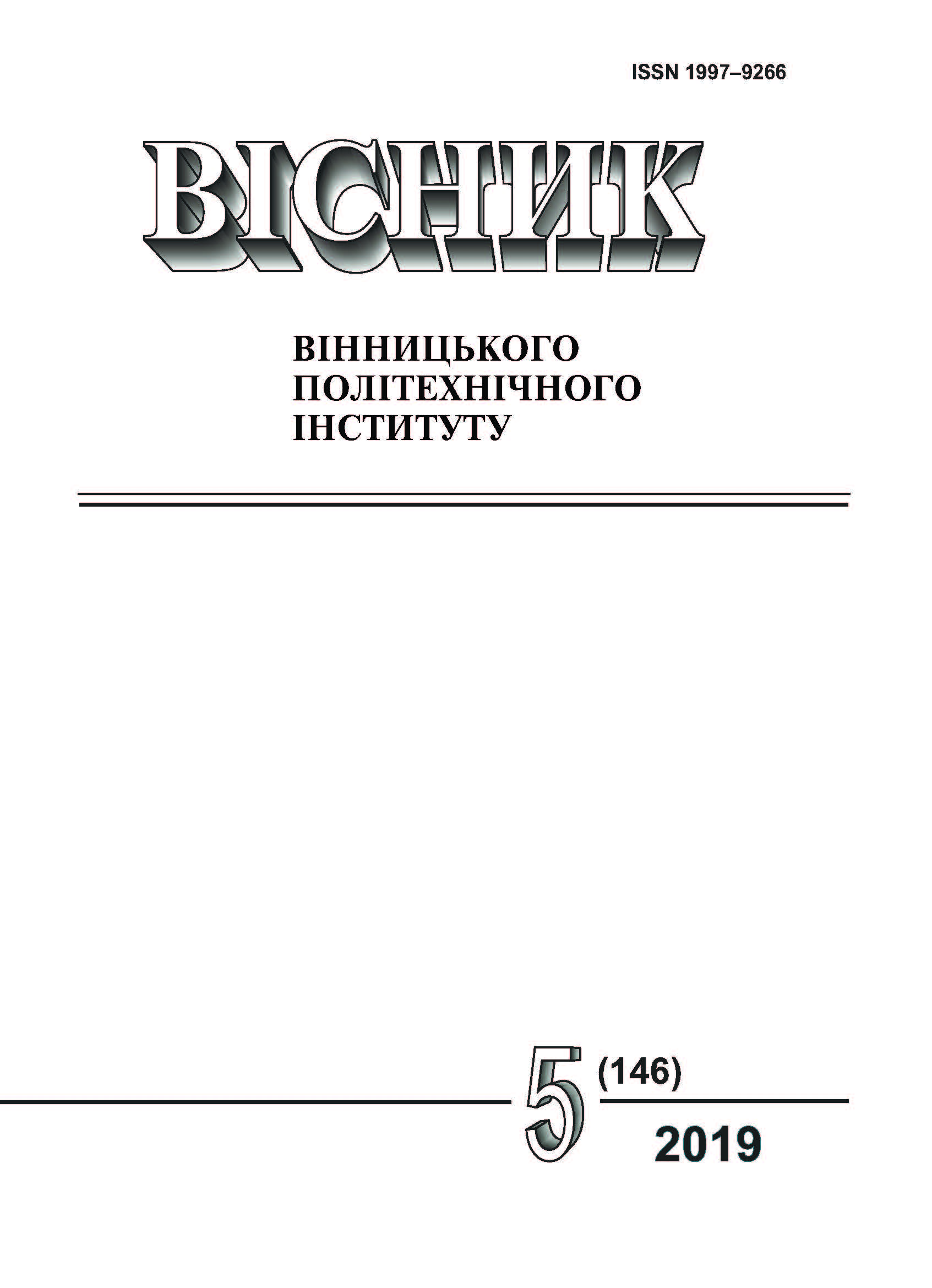Injective Method of Data Harvesting of the User Experience Data in the Gaming Simulators of Computer Networks
DOI:
https://doi.org/10.31649/1997-9266-2019-146-5-49-54Keywords:
online games, computer network simulators, user experience, virtualization, UI/UX, LXC, UMLAbstract
In the paper the ways of organizing the simulator’s work of computer networks are described, as well as methods and approaches for harvesting user experience. The application of this technology for entertainment and educational purposes is described. The main goals of collecting user data in gaming simulators of computer networks, which are used in particular in the competitions and contests for programming and application of IT technologies, are defined. Attention is drawn to the issue of collecting user experience data in applications that use a remote terminal connection using third-party software.
Features of application of software interfaces of technologies which functionality can be used as a basis for method development are reviewed: technologies of containerization of the user environment of the operating system LXC and User Mode Linux, technology of packet interception based on the NetFilter network firewall and Open vSwitch virtual switch. Attention is also paid to isolating user processes and traffic from the host operating system environment, as well as the risks that may arise in the absence of measures and technologies of the sandbox software isolation.
In the paper described the sequence of software implementation of the injective method, as well as the features of its use in the production environment. Attention is paid to logging changes to log files and real-time user activity logging. The features of the method are described in each of two variants of the basic containerization technology: LXC and User Mode Linux. The ways of increasing the security and reliability of the method itself when it is integrated with User Mode Linux virtualization technology are presented. Also ways of improving this approach by using additional Linux kernel modules are provided.
References
Adams, Ernest. “Fundamentals of Game Design”. 2nd edition. Berkeley, CA: New Riders, 2010, 700 p. ISBN 978-0321643377.
І. П. Малініч, і В. І. Месюра, «Загальні підходи до здійснення збору користувацького досвіду ігрових додатків для попереднього аналізу пріоритетності вподобання елементів ігрового простору» в Матеріали XLVIII Науково-технічної конференції ВНТУ, Вінниця, 13-15 березня 2019 р, 2019. [Електронний ресурс]. Режим доступу: https://conferences.vntu.edu.ua/index.php/all-fitki/all-fitki-2019/paper/view/7238.
R. Alshammari, and A. N. Zincir-Heywood, “Machine learning based encrypted traffic classification: Identifying ssh and skype,” in 2009 IEEE Symposium on Computational Intelligence for Security and Defense Applications. 2009, July, pp. 1-8.
L. Breslau, D. Estrin, H. Yu, and ather. “Advances in network simulation?”, Computer, no. 1(5), pp. 59-67, 2000, May.
A. Cohen, G. Cathey, and P. J. Malloy, inventors; OPNET Technologies Inc, assignee. “Mixed mode network simulator,” United States patent US 6,820,042, 2004, Nov 16.
S. D. Webb, W. Lau, and S. Soh, “An application layer network game simulator,” in Proceedings of the 3rd Australasian conference on Interactive entertainment, Murdoch University, 2006, Dec 4, pp. 15-22. [Electronic resource]. Available: https://espace.curtin.edu.au/bitstream/handle/20.500.11937/47551/20019_downloaded_stream_7.pdf?sequence=2&isAllowed=y .
C. Rotter, L. Farkas, G. Nyíri, G. Csatári, L. Jánosi, & R. Springer, “Using Linux containers in telecom applications,” in Proc. ICIN, 2016. pp. 234-241. [Electronic resource]. Available: http://dl.ifip.org/db/conf/icin/icin2016/1570229487.pdf .
G. Calarco, & M. Casoni, “On the effectiveness of Linux containers for network virtualization,” Simulation Modelling Practice and Theory, no. 31, pp. 169-185, 2013, [Electronic resource]. Available: https://www.sciencedirect.com/science/article/pii/S1569190X1200161X .
Lee Kyungwoon, Kim Youngpil, & Yoo Chuck, “The Impact of Container Virtualization on Network Performance of IoT Devices,” Mobile Information Systems, 2018, 1-6. 10.1155/2018/9570506. [Electronic resource]. Available: https://www.researchgate.net/publication/324917584_The_Impact_of_Container_Virtualization_on_Network_Performance_of_IoT_Devices
А. Батюк, Д. Ванькевич, і Г. Злобін, «Використання технологій віртуалізації в спецкурсі «Системне адміністрування ОС LINUX,» Електроніка та інформаційні технології, вип. 3, с. 220-225, 2013. [Електронний ресурс]. Режим доступу: http://nbuv.gov.ua/UJRN/Telt_2013_3_25 .
О. M. Spirin, and O. S. Holovnia, «Застосування технологій віртуалізації unix-подібних операційних систем у підготовці бакалаврів інформатики,» Information Technologies and Learning Tools. 65. 201. (2018). 10.33407/itlt.v65i3.2055. [Електронний ресурс]. Режим доступу: https://www.researchgate.net/publication/331403054_ZASTOSUVANNA_TEHNOLOGIJ_VIRTUALIZACII_UNIX-PODIBNIH_OPERACIJNIH_SISTEM_U_PIDGOTOVCI_BAKALAVRIV_INFORMATIKI .
К. А. Чернишов, І. П. Малініч, і П. П. Малініч, «Методи збору даних досвіду взаємодії користувача для випробувального етапу розробки через тестування,» на Інформаційне суспільство: технологічні, економічні та технічні аспекти становлення, Міжнародна наукова Інтернет-конференція, м. Тернопіль, 5 лютого 2019 р., збірник тез доповідей. Тернопіль, 2019, вип. 35, с. 43.
Downloads
-
PDF (Українська)
Downloads: 229
Published
How to Cite
Issue
Section
License
Authors who publish with this journal agree to the following terms:
- Authors retain copyright and grant the journal right of first publication.
- Authors are able to enter into separate, additional contractual arrangements for the non-exclusive distribution of the journal's published version of the work (e.g., post it to an institutional repository or publish it in a book), with an acknowledgment of its initial publication in this journal.
- Authors are permitted and encouraged to post their work online (e.g., in institutional repositories or on their website) prior to and during the submission process, as it can lead to productive exchanges, as well as earlier and greater citation of published work (See The Effect of Open Access).





